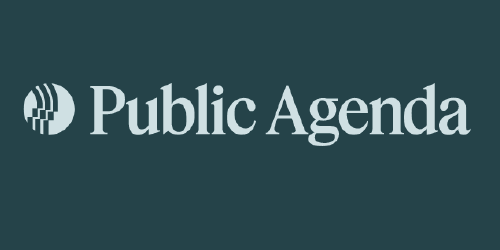Community Engagement
Community Engagement
Without community engagement, elected officials and policymakers may rely too heavily on preconceived assumptions of what changes should occur. Decisions made without a process of community dialogue may be less effective due to a lack of support. The community may lose trust in their elected officials if they feel their voice is not heard, and this may not only cause problems in the moment, but they can manifest and perpetuate down the road, as well. If public engagement is minimal, discussions may never make it into the ‘real world,’ and public feedback will not be received by those in leadership positions. Without a proper public engagement process, there is also the possibility that the voices of the few outspoken, more educated or socially connected community members may dominate the discourse, prohibiting legitimate community feedback, collective opinions or shared solutions.
Tools & Resources
Watch: REENGAGE: Mobilizing Your Community Through Proactive Engagement
As part of our "Planning for a GNARly Future" online learning series, the GNAR Initiative hosted an online webinar of best practices in community engagement.

Community Heart and Soul is a program of the Orton Family Foundation. They have published a series of blog posts addressing community engagement best practices. They also have a series of papers and an introduction booklet about who they are and what they do

National League of Cities developed a resource library addressing important topics in public engagement, including civic tech, open data, transparency, youth councils, and advisory boards.

Institute for Local Government: The Institute for Local Government published a white paper describing effective strategies for public engagement. These strategies are broadly applicable to GNAR communities and can help policymakers better understand how to meet the needs of a diverse group of stakeholders.
Research & Case Studies
PUBLIC ENGAGEMENT IN ALBERMARLE COUNTY CASE STUDY - DOWNLOAD
The Institute for Sustainable Communities on developing an effective public engagement strategy in Albermarle County, Virginia. Included in the case study is a discussion of lessons learned through the development process, and these lessons could prove helpful to GNAR communities initiating a major public engagement effort for the first time.
EPA SUSTAINABILITY STRATEGIES IN STEAMBOAT SPRINGS - DOWNLOAD
Included is a description of far-reaching community engagement efforts, including site tours, community meetings, and technical workshops. Ultimately, the EPA concluded that community engagement in Steamboat Springs is weak. While a core group of people and organizations are engaged, many in the community are disengaged. Accordingly, the case study outlines two strategies for improving community engagement: establishing and publicizing a dashboard of sustainability measures and developing a community engagement plan.






